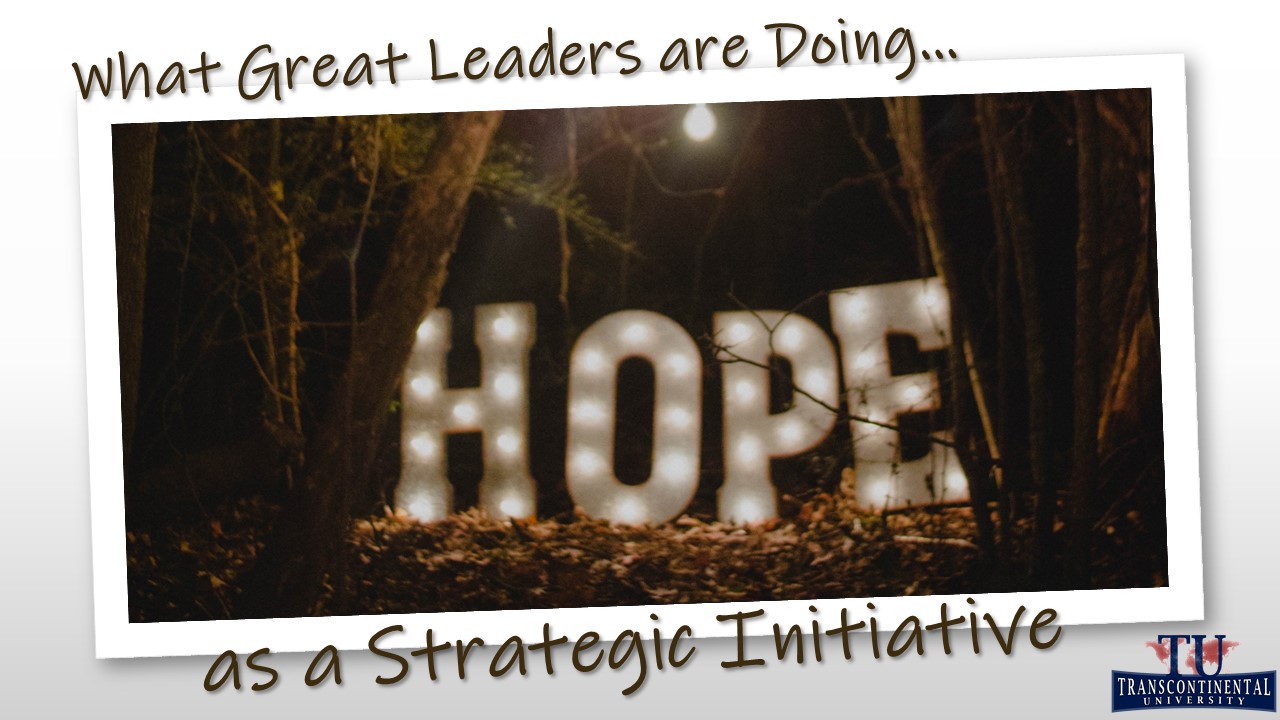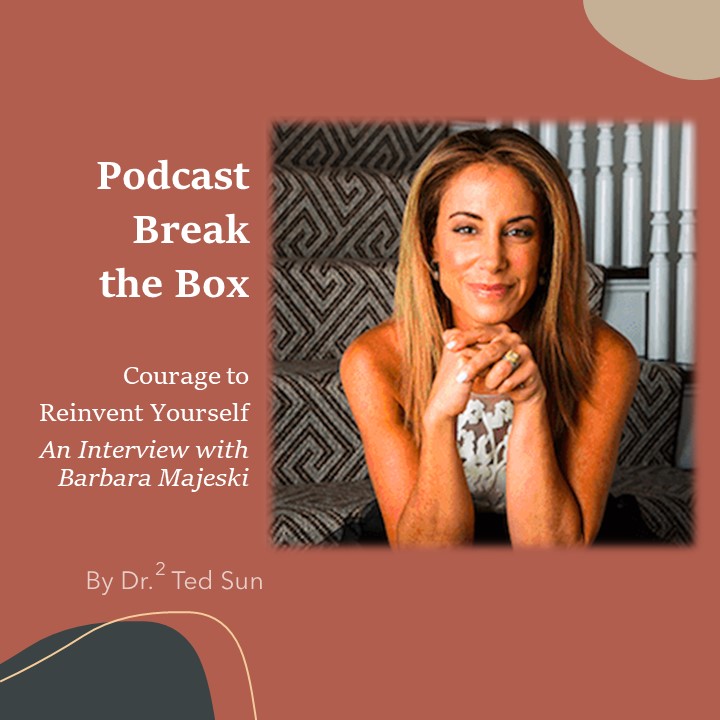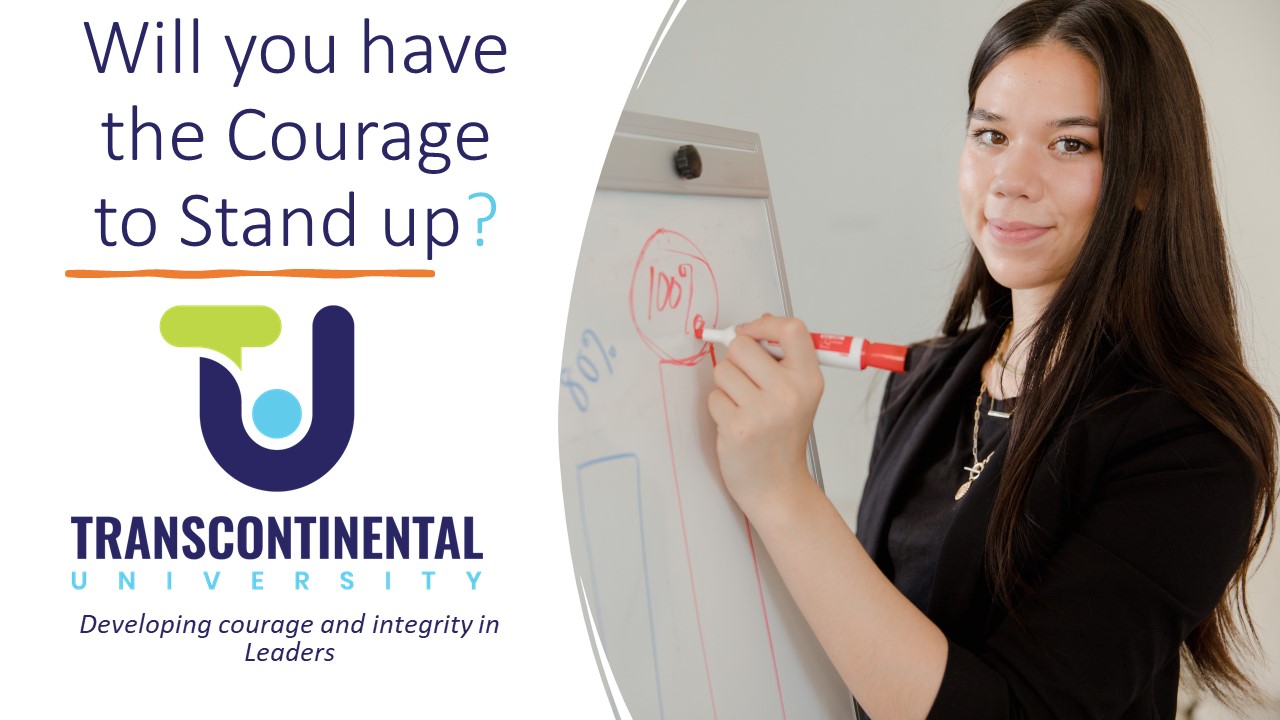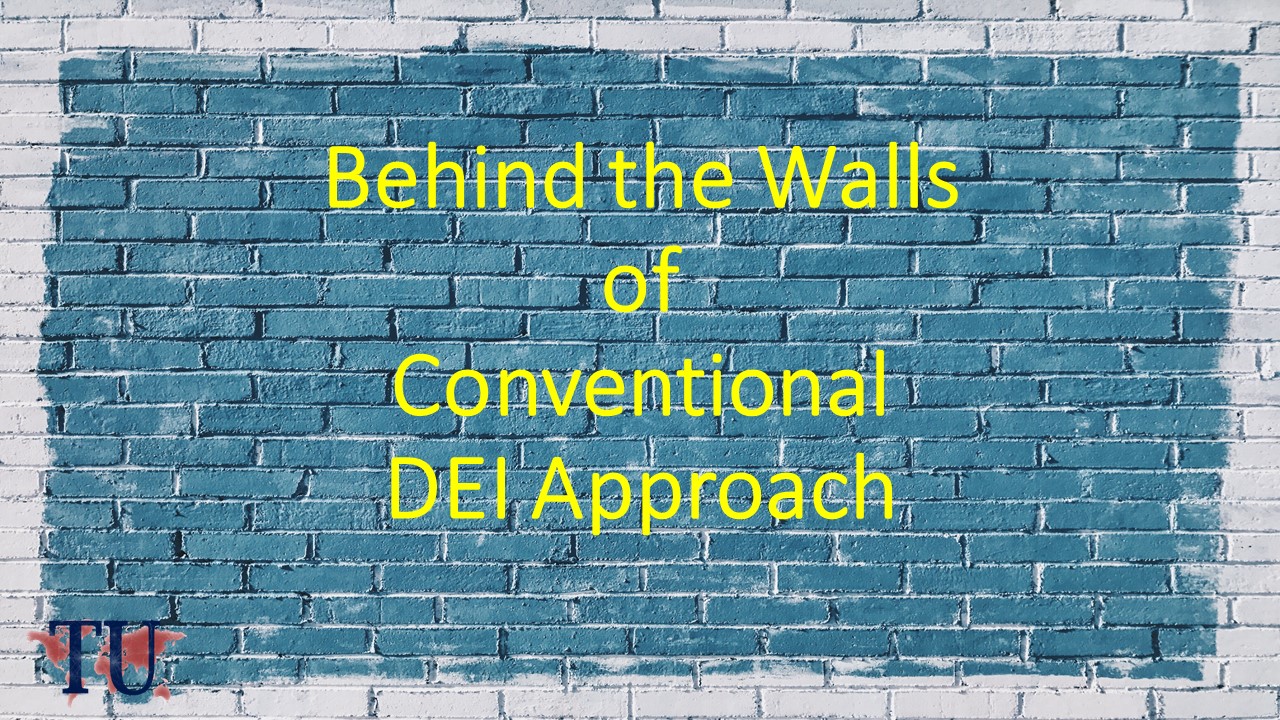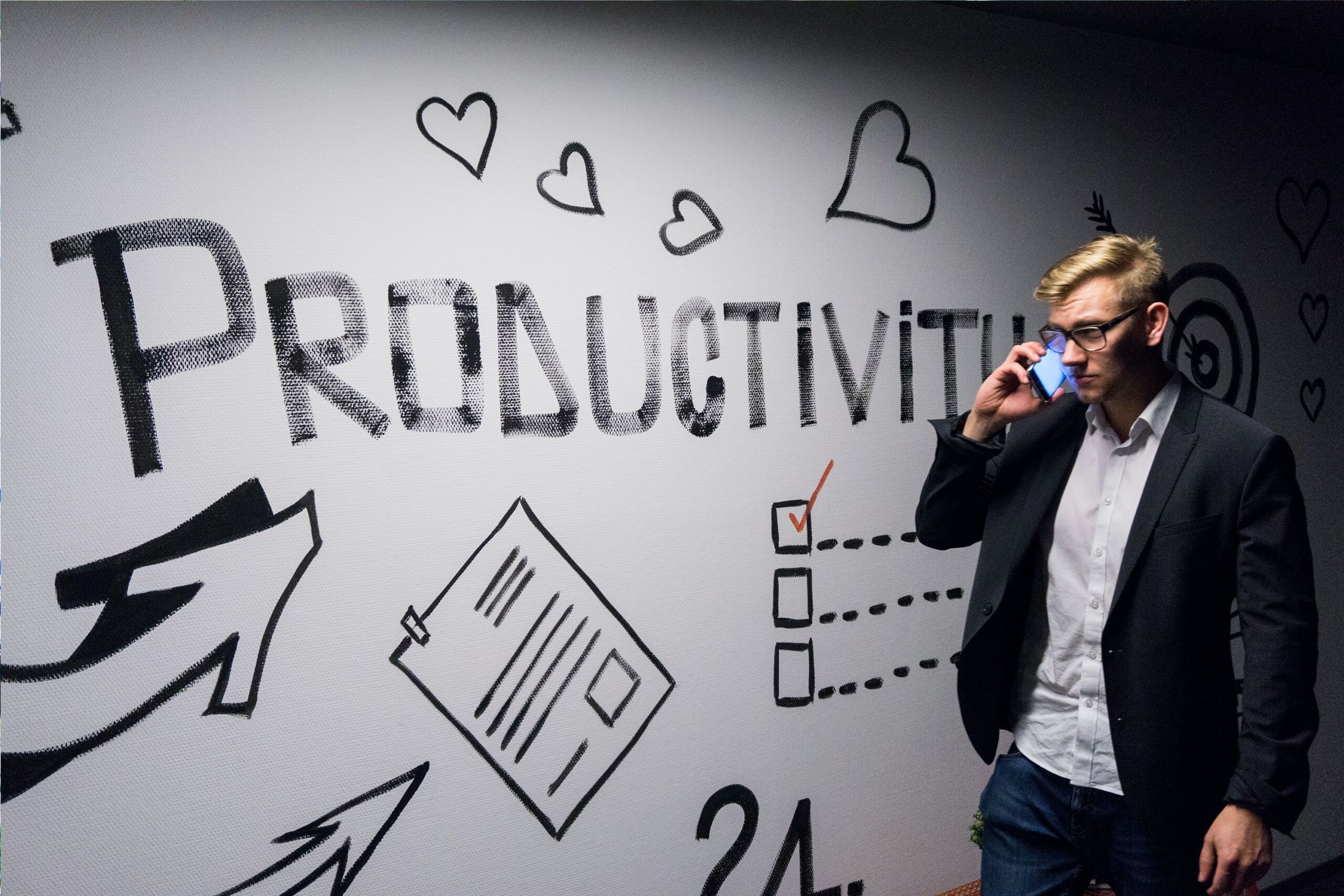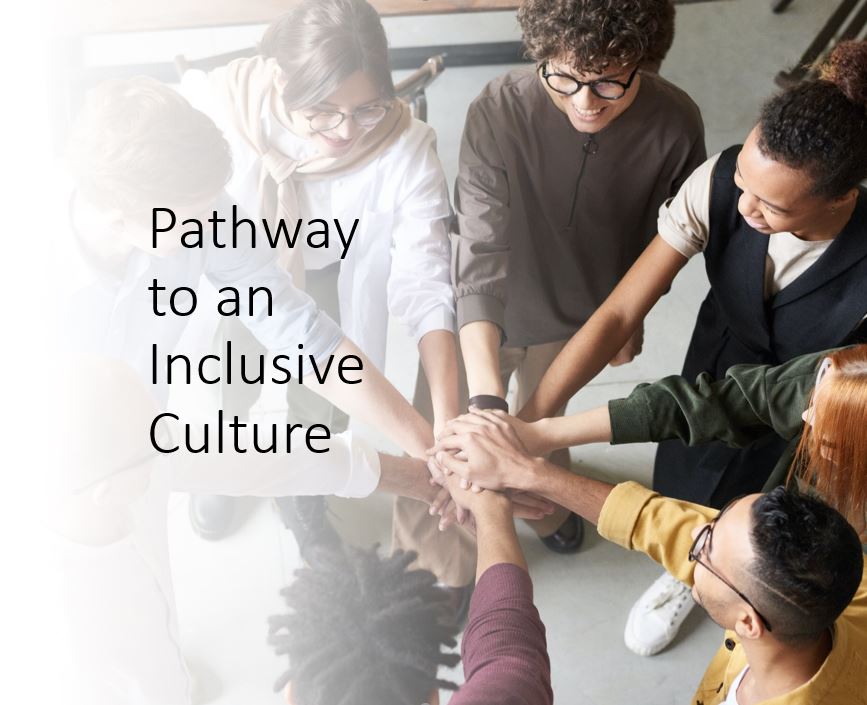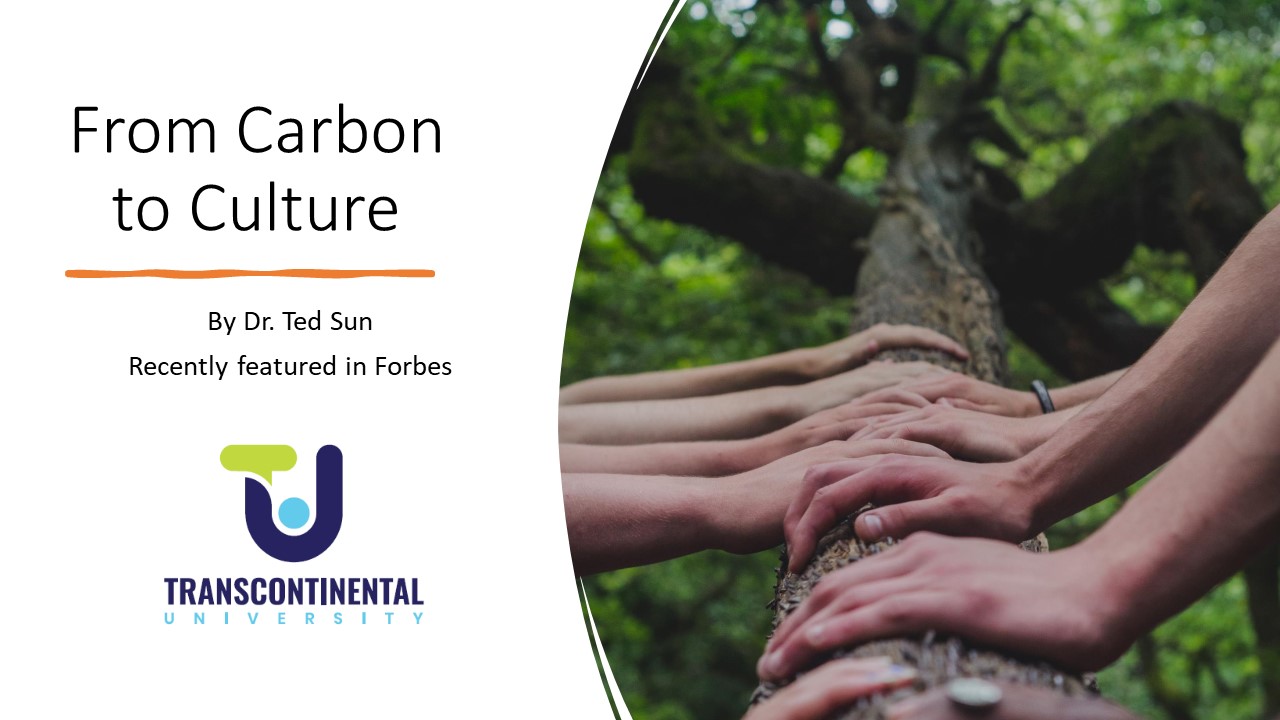3 Ways to Retain Your Talent and Master Organizational Stress
Synthesis of Knowledge and Strategy
By Dr. Ted Sun & Cody McMichael
45% of employees are looking for a new job!
Two out of three employees have challenges with their well-being!
Findings from the 2022 State of the Global Workplace report by Gallup are alarming. With workplace stress at an all-time high, no wonder many employees are looking for new jobs. With a recession creeping in, most organizational leaders are struggling to find a systemic solution across their entire organization. Worst yet, those in the C-suite, who are supposed to be finding a solution to the problem, are also seriously considering quitting their jobs. A recent Deloitte research found that nearly 70% of executives are overwhelmed and are exploring other job options.
With these alarming numbers, what is your organization doing to make sure your leaders are engaged, healthy, and continue to innovate much-needed solutions?
Pressures in the current workplace are higher than ever. On the one hand, we face various challenges within the social justice movement that impact every employee. On the other hand, the ongoing problems with the supply chain require leaders to constantly adjust. All of this equates to tremendous stress with limited support and development.
Across our nation, quiet quitting or the Great Resignation is happening. To add to the complex business environment, as one example, Intel’s recent groundbreaking in central Ohio will create a major labor challenge – Ohio’s already strained job market and talent pool are going to be pushed to the breaking point. The thousands of employees Intel intends to hire with high wages will have to come from somewhere. And that somewhere will likely be the overstressed, overworked, and overlooked employees looking for real change from organizations just like yours. That is if you don’t do anything about it immediately. Creating a workplace of inclusion, belonging, and ideal stress levels for everyone to grow will take time. With Intel soon to begin hiring, this is a mandatory requirement to survive the scarce labor markets. Regardless of which state you have employees, scarce human resources are forcing leaders to reassess their strategies for talent retention.
Leveraging decades of research and global experiences, we have created a 3-part strategic framework for organizations to retain their talent. This framework is built on principles and best practices within organizational psychology, leadership, and innovation. We call it StressEQ. It has three components: 1. People awareness, 2. Wholistic Growth, and 3. Strategic Relationships. Below is a very high-level overview of this strategic framework.
People awareness: Knowing What You Don’t Know

Stress is the primary cause of many organizational challenges from the mental health of the employees to the innovation level and retention rate of the organization. While it has many influences, most stress assessments barely scratch the surface. Knowing and understanding the stress levels and the sources of those stressors is what enables leaders to make effective strategic choices.
Practical action: Create a stress journal for a few days. Write down specific stressors that you experience throughout the day and rank each stressor from one to ten. Compare your stress journal with other colleagues and synthesize the common stressors in your organization.
Knowledge is power. Knowledge about the specific stressors can provide a laser focus on effective interventions. While most stress tests only show limited stress at the macro level, we have identified eleven (11) stressors within organizations across three levels. The individual-level stressors are influenced by one’s values, beliefs, knowledge, and skills. The team-level stressors are affected by relationships within the team or department. The organizational-level stress is created by strategic choices, such as hybrid workplace and change. Breaking down the different types of stress at the three levels provides incredible insight into making effective strategic choices to create the ideal-stress level that everyone grows and innovates.
Holistic Growth: Move from Reactive to Proactive
Now that we’ve identified a few of these stressors, let’s begin to explore the systems that create these stressors. Conventional wisdom tends to solve a stress problem as a single entity. This often leads to endless firefighting, moving from one problem to the next. Instead, strategic leaders seek to enhance the systems that create optimal stress levels within an entire organization. Imagine an organization where strategic leaders are leading at all levels of the organization. This calls for the holistic development of leaders across the entire organization. This type of development takes, at minimum, a six-month journey of continued practice from new knowledge. It is definitely not the check-the-box and forgettable approach of most online courses that offer some video content and quiz questions to get a certificate. Teaching leaders to shift their thinking towards being proactive requires patience and ample practice in systems thinking. We all know the principle behind teaching a person to fish, instead of giving that person a fish. With systems thinking, we move beyond conventional logic. We ask questions like why are we stuck to a fish? Why do we not design an ecosystem of different types of foods?
The same is true for organizational DNA. The conventional approach wants ample problem solvers. Unfortunately, it never looks at the costs of always waiting for a problem to apply the skill. Strategic leaders need to move from a problem-orientation towards a solution-orientation where systemic thought is mastered. Within this environment, we can move from always being reactive to being proactive. As we look at retention numbers in any organization, the retention data tells you nothing about what to do to fix it. It is merely a latent metric by which leaders are judged. If numbers are negative, it is too late to get those people back and you have little information on what caused people to leave.
Practical action: Reflect on the problems that have challenged your work environment. How many of them are similar and repeating problems? On a blank sheet of paper (no lines), draw a circular diagram of various influences on the current challenge you face. See the complexity of this challenge by identifying at least five different influences. Have others who face the same challenge do the same and see how many influences you can co-create.
Talent retention and workplace stress are influenced by multi-functional levels. They are often integrated with what you do and how you do it. When your leaders move from a reactive problem-based approach to a preventative ecosystem, challenges like workplace stress will lead to optimal levels where innovation is the norm and talent retention is consistently above ninety percent (90%). With more strategic leaders, you can get out of the constant firefighting and inject HOPE into organizational culture.
Strategic Relationships: The Emotional Path to Loyalty
Combining the knowledge of various stress levels and systemic thought, strategic leaders begin to visualize the various challenges that are embedded into conventional management systems. They begin to see the numerous relationships between people that drive loyalty. They take time to intentionally develop relationships between themselves and their teams, as well as build trust and collaboration within the teams. Imagine a culture where leaders with insights from many stress journals across their entire organization are continually empowering their people. With leaders who are highly skilled in systems thinking, they create strategic interventions that address numerous organizational challenges, from workplace stress to innovation, fun, and retention.
In one organization with a retention of 68% across the nation, they learned that the stress experienced by management and employees is very different. And, at each level, various stressors were inherent to several systems such as performance management, learning, and promotional systems. Each stressor needed a different type of intervention that addressed the root issues with a timely feedback system. Within three months of applying these tools and principles, they enhanced the level of inclusion and belonging by addressing systemic issues. And, after six months, they achieved greater innovation levels by inspiring the entire organization. They even exceeded their retention goals.
Practical action: Before you start a meeting, get the emotional pulse of the participants. Ask people to share how they feel in a single word or two. The leader would write this emotion down to show the importance of what is being shared. Ensure there is no judgment or explanation needed for any emotion. Simply honor the emotion being shared. The content of this action will give you an emotional pulse to know whether your team is ready to start the meeting. The context (the how) of this activity will show your authentic care for your team members. And, if you find some troubling emotions, make sure your leaders have the skills to guide the group emotions to the right state.
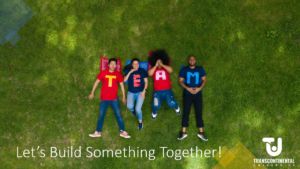
To dive deeper into your organization’s emotional pulse or culture, schedule a strategy session with us and see how Transcontinental University’s StressEQ can make a significant impact on retention in your organization!


